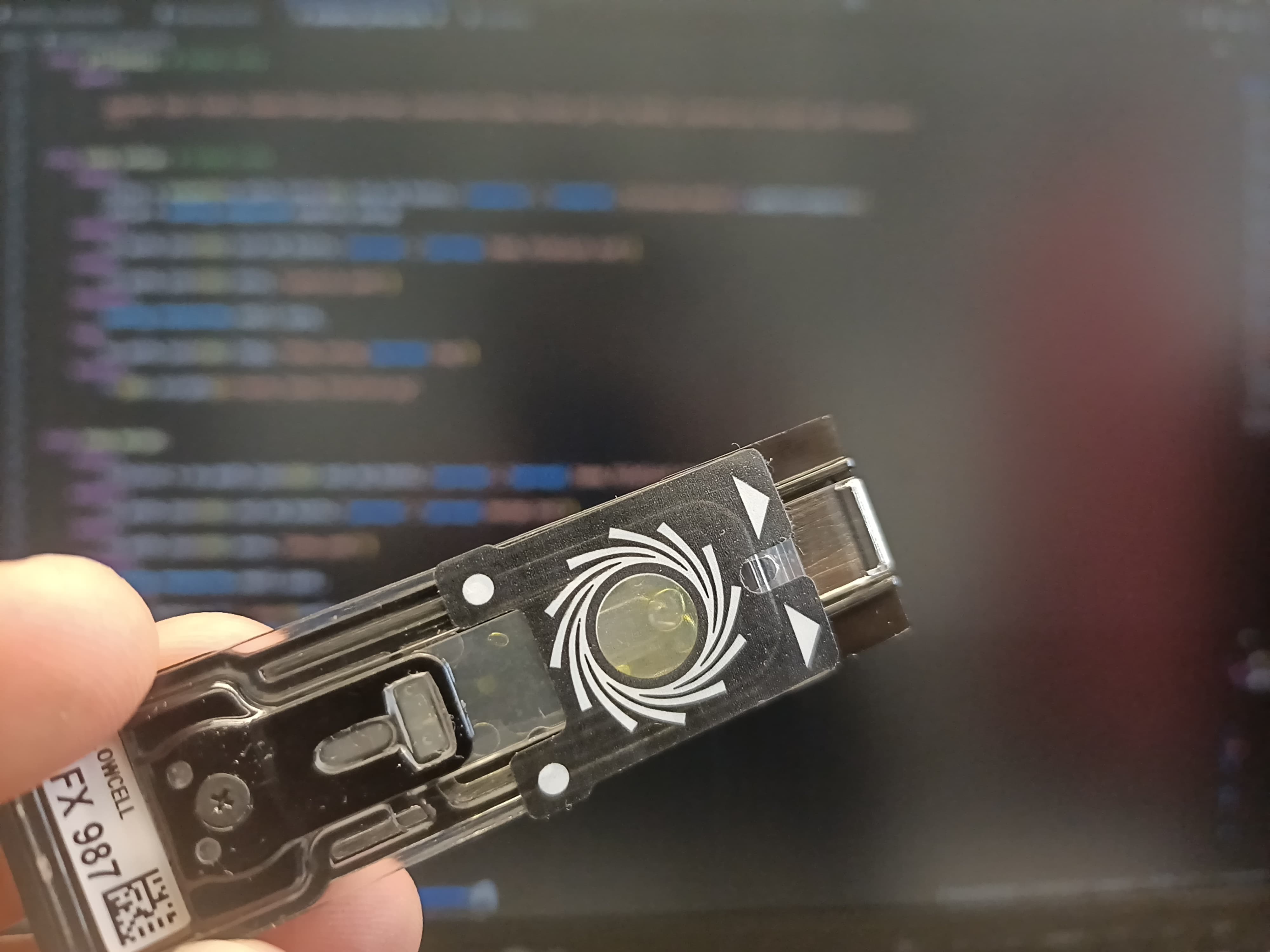Users
Social media
- More details here...
- Address
Parc Científic de la Universitat de València C/
Catedrático Agustín Escardino, 9
46980 Paterna (Valencia) Spain - Email:
iu.i2sysbio@uv.es - Phone:
(+34) 963544810
- Address
Links
I2SysBio explores a new gene sequencing technique to help decipher diseases such as cancer

Investigation
I2SysBio explores a new gene sequencing technique to help decipher diseases such as cancer
This revision of the long-read transcriptomic sequencing technology allows a more precise analysis of the RNA molecules present in cells with essential information for life.
The technique analysed by the I2SysBio team opens the door not only to improve the study of neurodegenerative diseases and cancer, but is also useful for analysing plant resistance to drought or examining viruses and bacteria.
Scientists at the Institute for Integrative Systems Biology (I2SysBio), a joint centre of the Spanish National Research Council (CSIC) and the University of Valencia, have published a review of long-read transcriptomic sequencing technology. This technology makes it possible to analyse, with greater precision than traditional methods, the RNA molecules present in all cells and which contain genetic information essential for life. Knowing how gene expression changes in different organisms is essential for a better understanding of ageing, neurodegenerative diseases and cancer, for example. The article has been published in the journal Nature Reviews Genetics.
Transcriptomics encompasses the study of all RNA (ribonucleic acid) molecules present in a cell or tissue. These are intermediate molecules between DNA and proteins. While DNA contains the genetic information, it is RNA that allows protein synthesis and information to be understood by cells. This branch of science allows us to understand which genes are active at any given time and the degree to which they are activated in different organisms, which is key to understanding the origin and development of many human diseases.
According to Ana Conesa, CSIC research professor at I2SysBio, "with this research, we have provided the scientific community with an essential guide to understanding long-read transcriptomic sequencing technology, both experimental workflows and computational analyses. We present a comprehensive overview of long-read RNA sequencing techniques and cover everything from experimental design to data processing, identification of different RNA molecules and downstream analyses."
"In addition, the paper discusses the current challenges and future directions of this technology in order to effectively facilitate its use in transcriptomic studies. The enormous potential of long-read RNA sequencing is also explored," adds Conesa.
Paradigm shift
Until a few years ago, transcriptomics was studied using short read sequencing, which involved breaking RNA molecules into small fragments of between 50 and 300 nucleotides, the basic units of DNA and RNA nucleic acids (the famous ATCG letters). This meant that to find out which was the original RNA molecule, the puzzle of RNA fragments had to be reconstructed, which caused a large number of errors, as there were very similar sequences between RNAs.
As Carolina Monzó, also a CSIC researcher at I2SysBio, explains, "sequencing with long reads reads fragments of thousands of nucleotides, which allows complete molecules to be sequenced and RNA to be studied without the need to construct puzzles. In addition, by sequencing RNA molecules one by one, long reads make it possible to identify their small modifications, called epitranscriptomics, which are fundamental to their function. This was not possible with previous technologies.
Scientific applications
By obtaining sequences of complete RNA molecules, this technology facilitates all kinds of applications and studies where it is important to know precisely the composition and structure of RNA. For example: the expression of isoforms (different forms of RNA from the same gene), the discovery of new forms of RNA, the annotation of genes in the genomes of little-studied species or the study of the differential expression of RNA between that produced by the chromosome inherited from the father and the chromosome inherited from the mother, among others.
According to Monzó, "these studies are of interest because they could contribute to progress in the understanding of neuropsychiatric and neurodegenerative diseases. At present, it is known that there are differences in the isoform expressed in various regions of the brain and that they are associated with multiple neuronal complications.”
“It is also easy to find gene fusions in cancer cells and to identify small differences at the beginning of the sequence of RNA molecules, which is important in the development of the immune system and in various stages of cancer," she says.
Similarly, the correct formation of the correct end of many RNAs, known as the “end of transcription”, is essential for the correct maturation of neuronal cells. This long-read transcriptomic sequencing technology offers new possibilities that did not exist before and now makes it possible to study. For example, how RNA synthesis is related to ageing, something that is known but poorly characterised.
This technique analysed by the I2SysBio team opens the door not only to a better study of neurodegenerative diseases and cancer, but is also useful for all organisms. It can be used to study drought- or heat-resistant plants, to examine less-studied organisms such as viruses and bacteria, and was even used by CSIC scientists who recently visited Antarctica to study avian influenza.
The article, entitled Transcriptomics in the era of long-read sequencing, also involved Tianyuan Liu, a pre-doctoral student in the Gene Expression Genomics Group at I2SysBio. She currently holds a pre-doctoral contract under the Marie Skłodowska-Curie Actions Doctoral Network LongTREC grant from the European Union.
Reference: Monzó, C., Liu, T. & Conesa, A. Transcriptomics in the era of long-read sequencing. Nat Rev Genet (2025). DOI: https://doi.org/10.1038/s41576-025-00828-z


